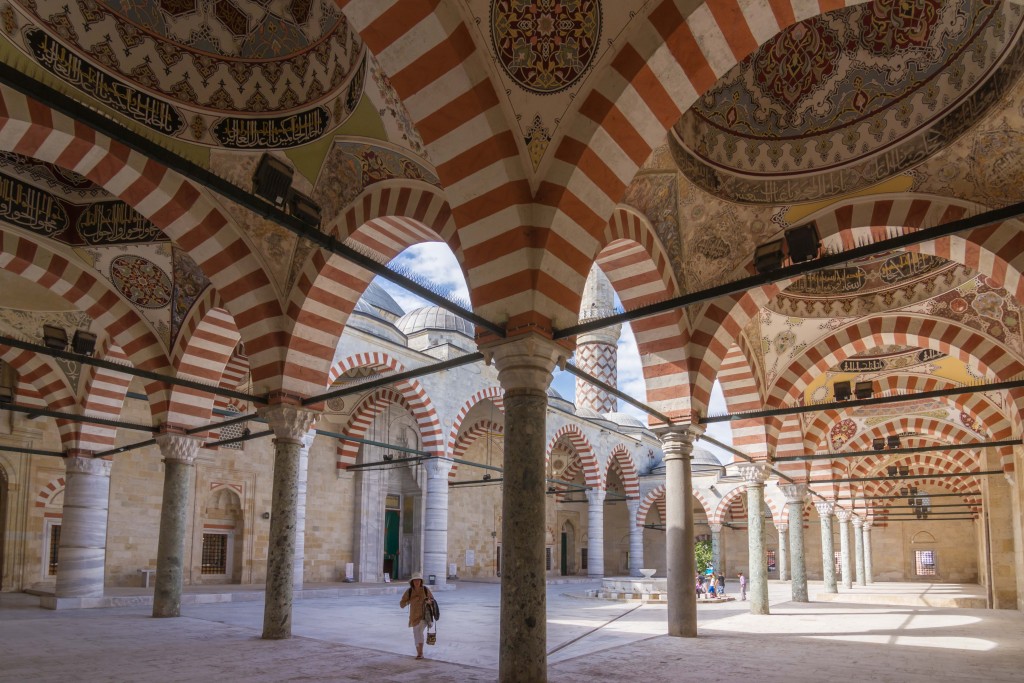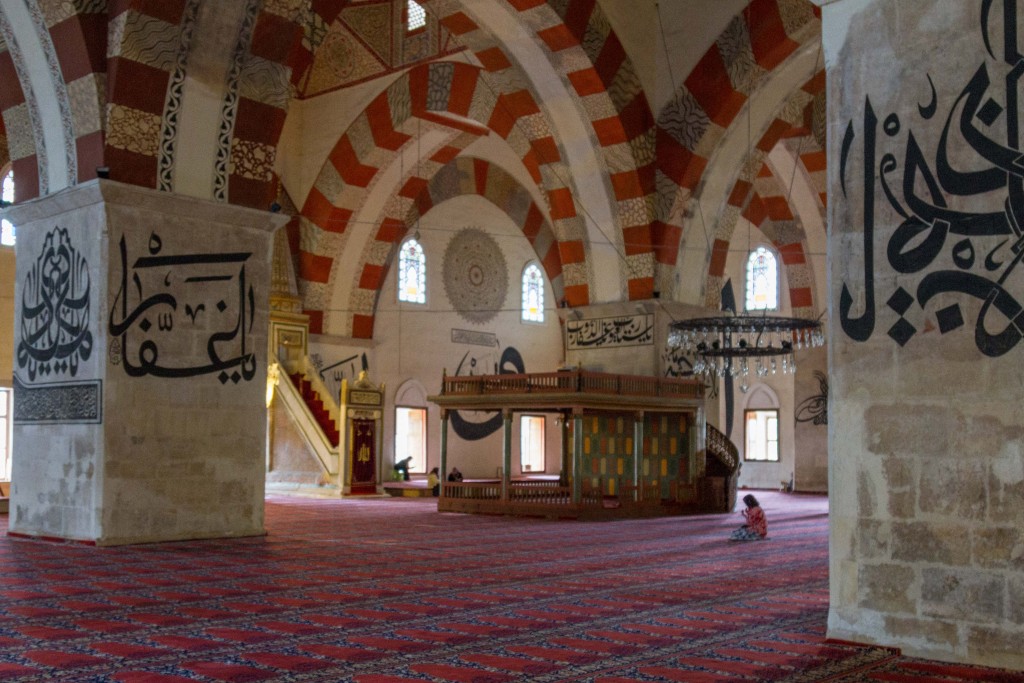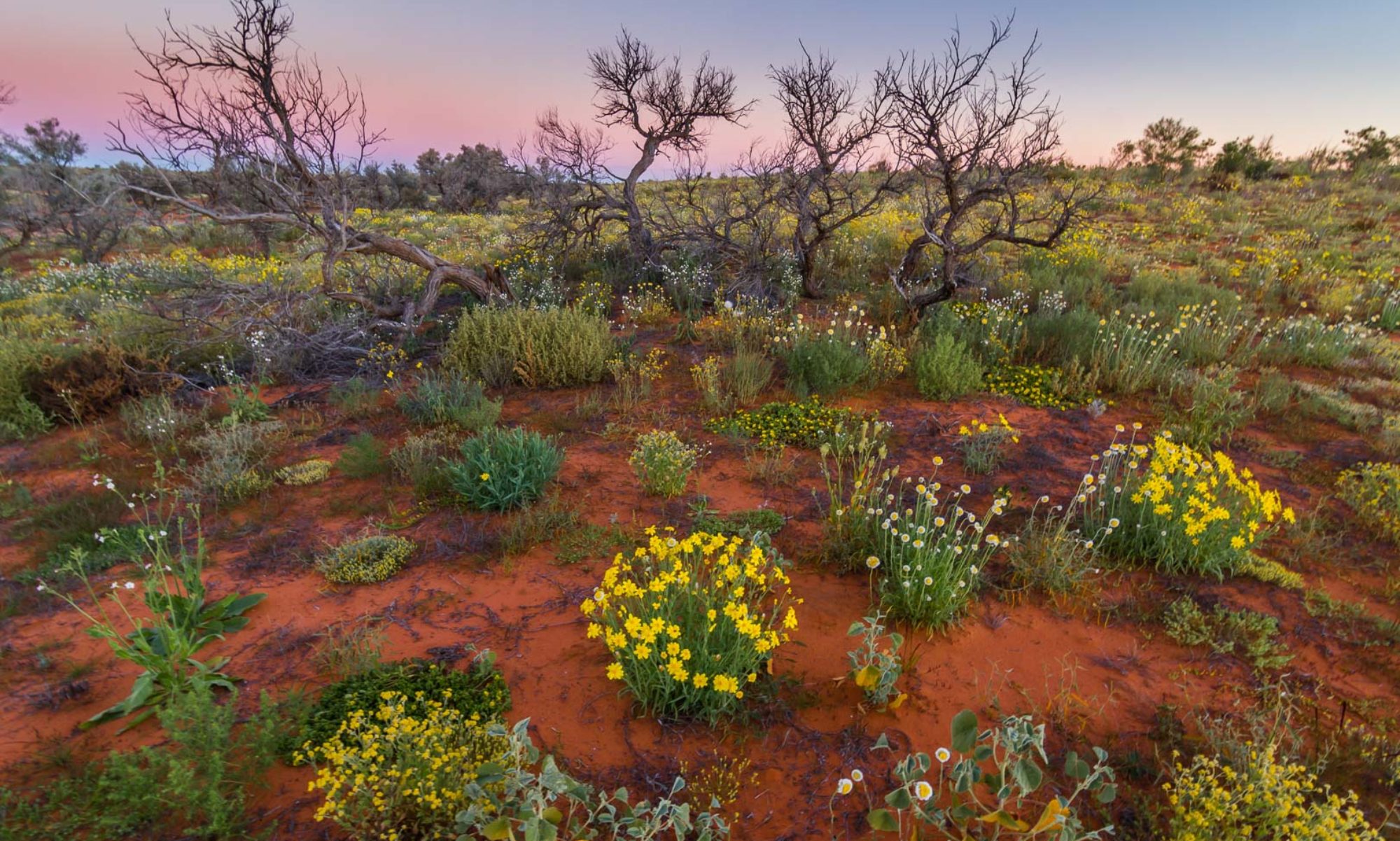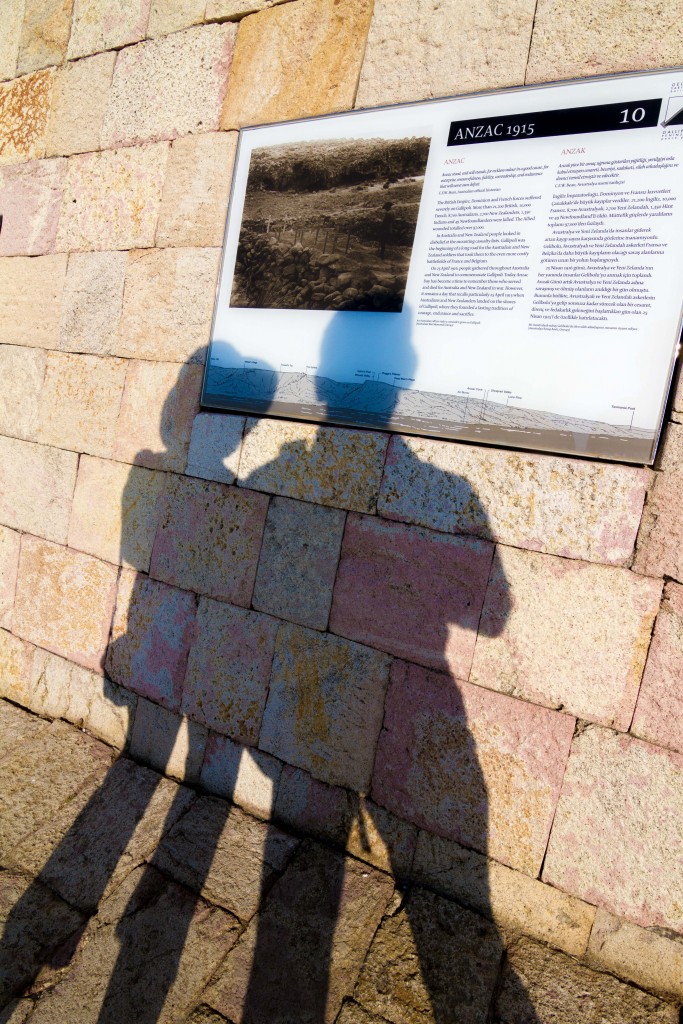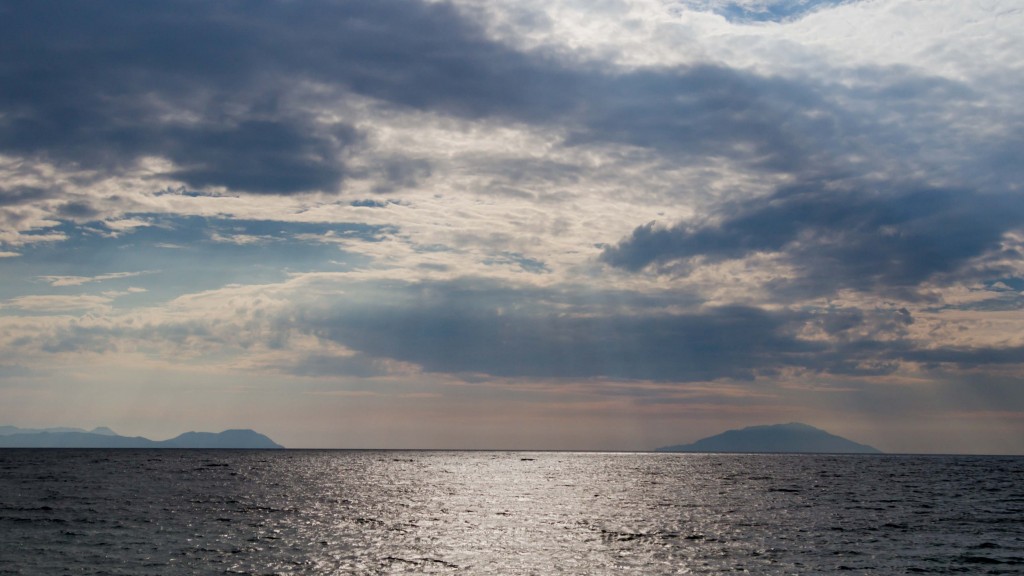We’ve spent a busy few days in the north-west of Turkey, driving up the coast to Canakkale where we based ourselves for our trip across the Dardanelles by ferry to the battlefields of Gallipoli. Having read and taught about this period of Australia’s history, it was good to get the Turkish perspective at the excellent museum at Kabatepe. The modern digital presentations told a somewhat nationalistic story of the conflict and it made me reflect on how we tell this story to our people.
The cemeteries were sombre places with just a few headstones compared to the hundreds, thousands of names of those who have no known grave from both sides.
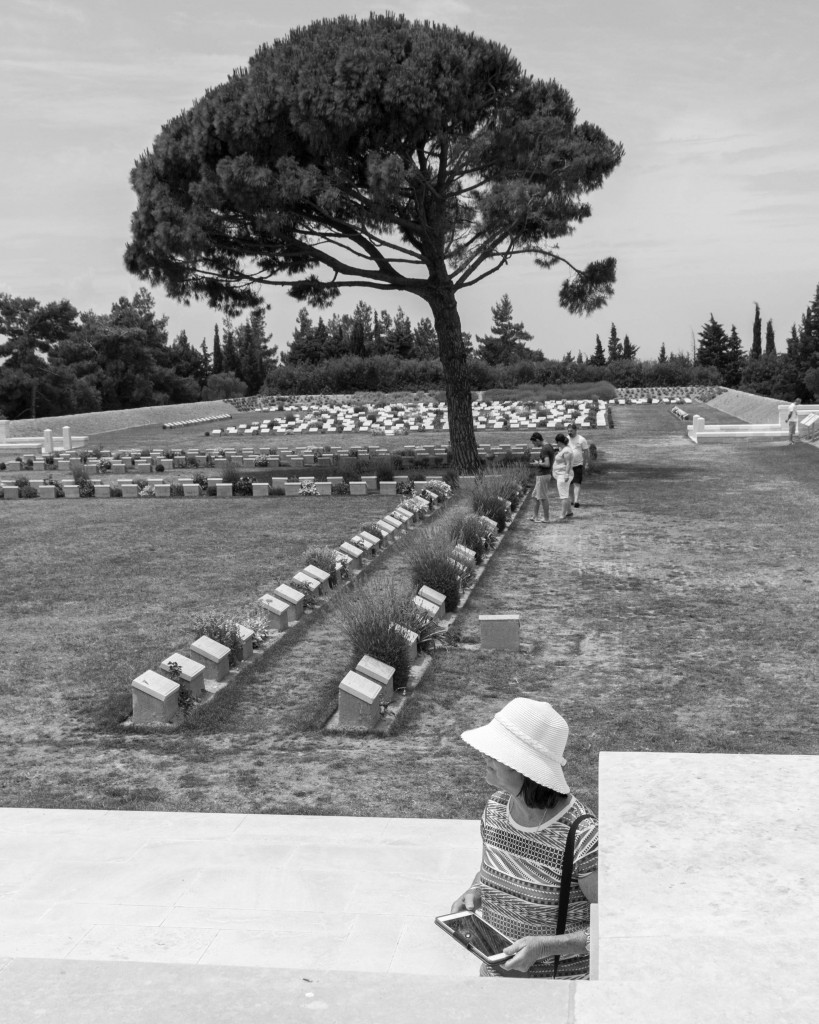
We found the names of the three men from Howard who were killed at Gallipoli, David McKenna and Samuel Wright at Lone Pine and John Byrne at Shell Green Cemetery.
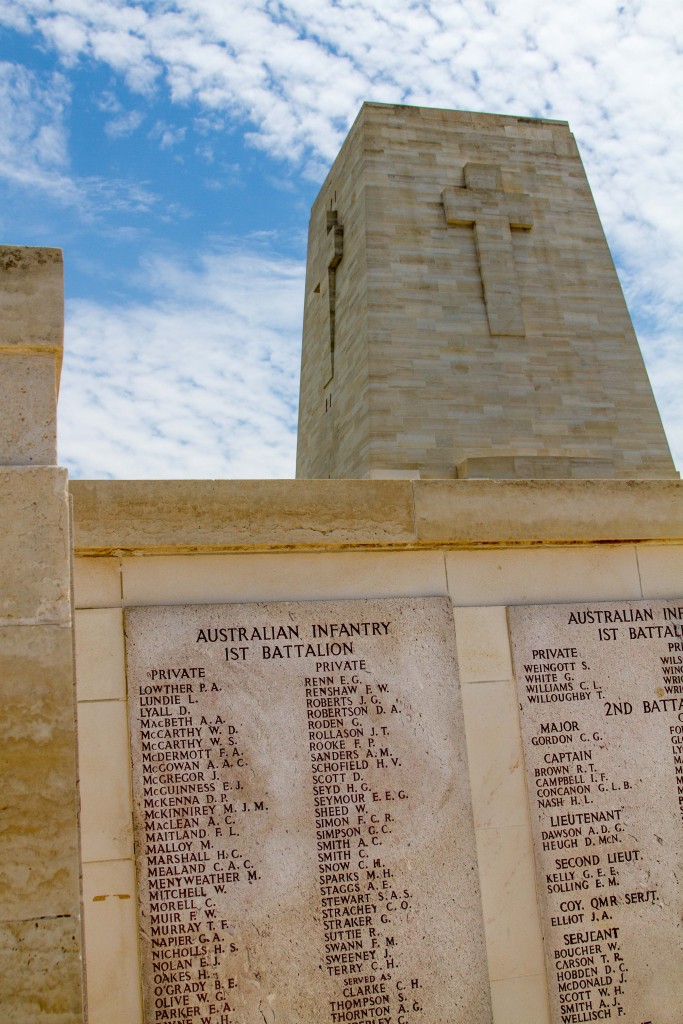
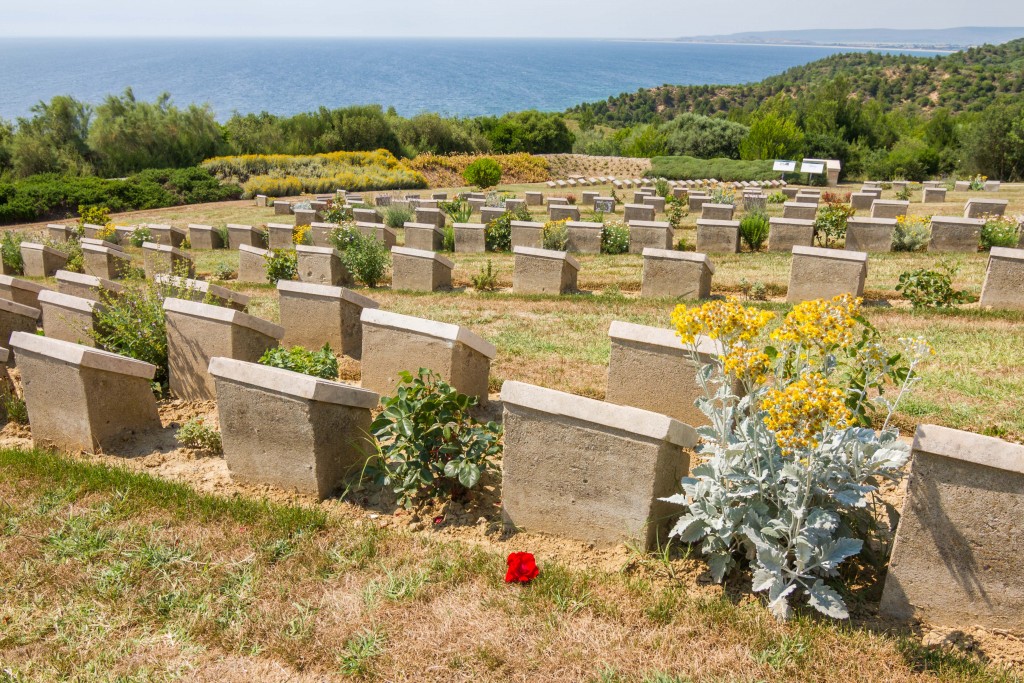
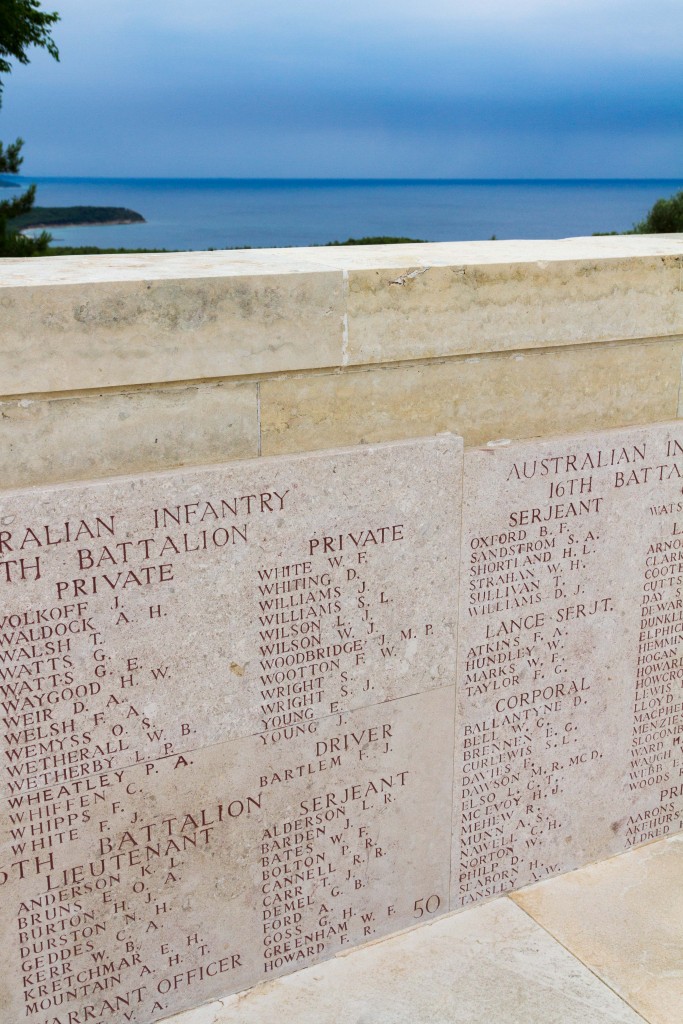
A road wound its way up the ridges past cemeteries, Quinn’s Post, the Nek of the movie “Gallipoli” fame, Johnston’s Jolly and we walked along the trenches of both armies that were separated just by the width of the road. The Light Horse charges at the Nek were across ground the size of two tennis courts. This field is now the graveyard with just a few headstones. The others are there but with no headstones. The sadness is heavy here.
Parking beside the road at Anzac Cove, we tried to find a way to access the beach but this was nigh impossible given it is now backed by a 2 metre high stone wall down a steep slope from the road.
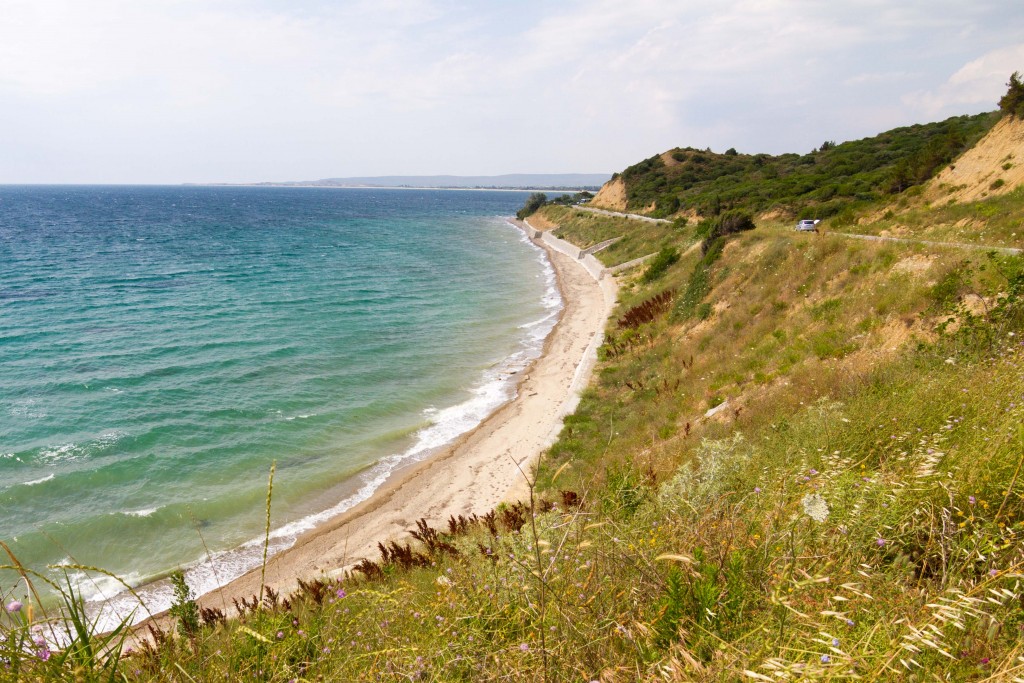
We found a high drain under the road that directs stormwater from the cliffs to the beach so we used this to make our way down. Images from the landing show a wide beach but the 100 years since has shrunk it to less than a few metres wide in places. With the wall preventing the beach replenishing itself, I can see that before long there may be no beach at all. We sat for some time, I took photographs and sketched and tried to imagine those young men and boys who scrambled onto this small beach and up into those steep hills. Men from Howard, Tom Young, George Shaw and their mates of the 9th were the first ashore that morning 100 years ago.
The two beachside cemeteries were peaceful places and not just because we had them all to ourselves. They were green and well kept with large shady trees, the sound of the lapping waves on the stones nearby.
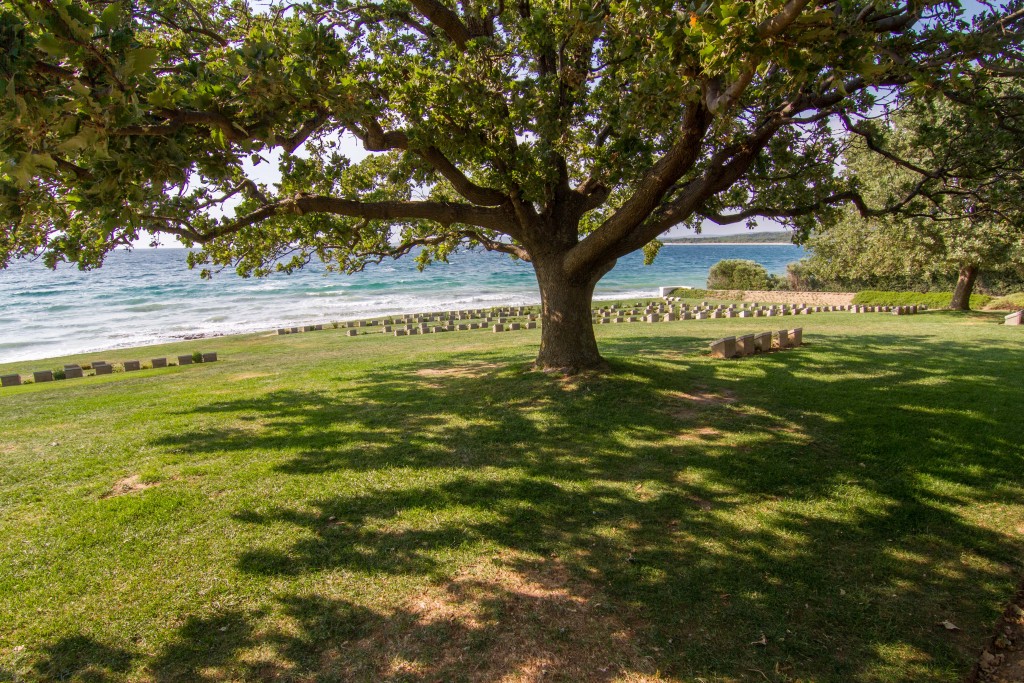
We spent nearly all day on the peninsula. I have read that the soldiers used to sit on the hills in their dugouts and watch the glorious sunsets over the ocean. I took this shot some time before the sun set from the beach cemetery where John Simpson is buried.
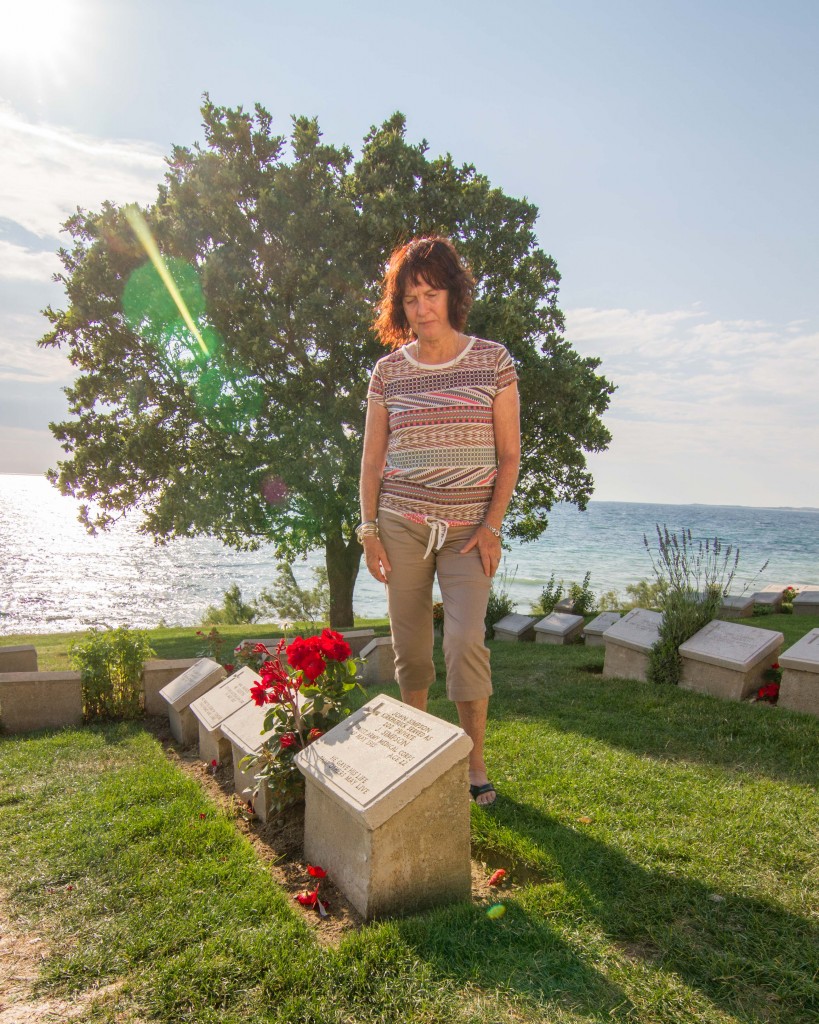
The ferries that take cars across the narrow stretch of the Dardanelles have large painted signs on their sides, “Peace is Possible”.
We ate dinner at a Canakkale fish restaurant seated beside two Australian couples on a cruise. They were surprised that we had spent so long driving around and the truck driver from the Gold Coast was horrified that I attempted to drive in Turkey. He questioned whether we had felt safe on our own. Of course we have! I felt like telling him to get off his comfortable cruise ship deck chair and spend some time with the local people and realise they are not terrorists dressed up as kind and generous citizens. Granted, we do feel very conspicuous at times in some non-touristy areas and curious but polite glances are given our way but it is surprising how a smile and a “Merhaba,” breaks the ice.
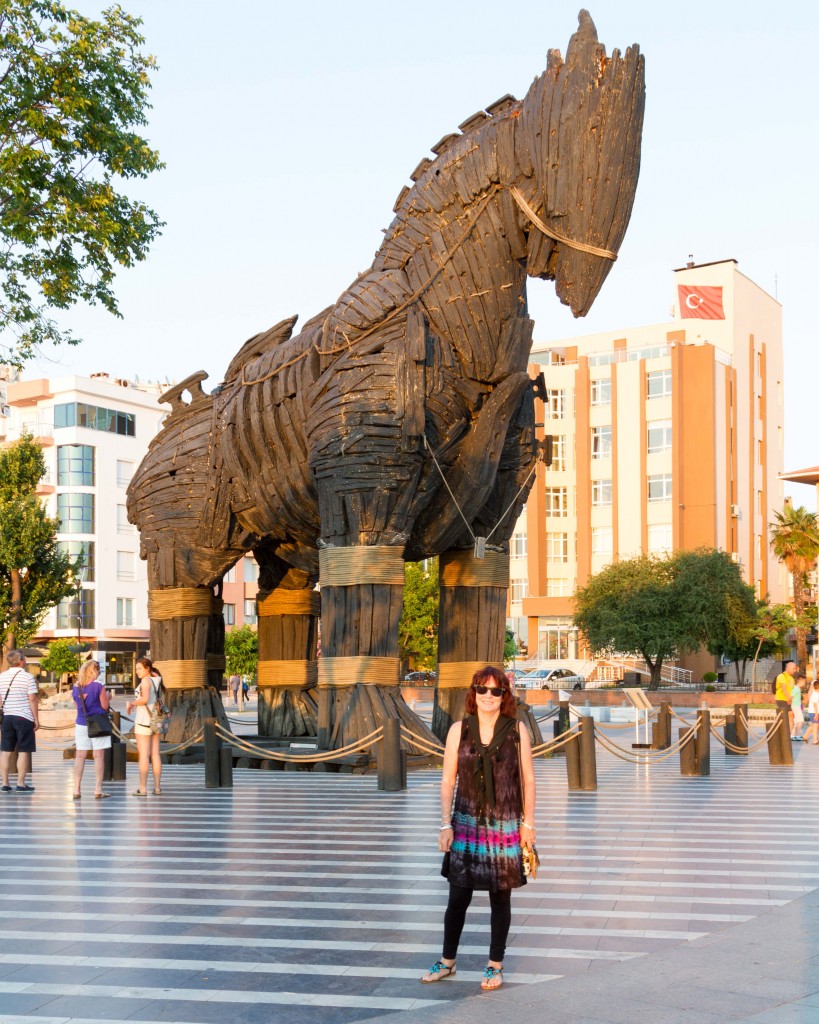
Back in Europe from Asia – I like saying that, seeing it just took 15 minutes to get here – we drove to Edirne in Northern Turkey. On the way we paused in Uzonkopru. We had the feeling that not many tourists stop here. We have developed a taste for Turkish coffee and merhabaed our way down the street looking for a cafe. Locals looked curiously at these two strangers. A man was standing in front of a shop.
“Merhaba”, I said smiling and signing and mumbling coffee.
“Hosgeldiniz,” (welcome) he said.
“Tesekkurler,” (thank you) I said.
His smile split his face and he tapped his hand on his heart and pointed us around the corner to the cafe with coffee.
The coffee shop found, we ordered, gave our where from, where to script to the men at the corner table and the one who served us.
As we drank, they talked about us amongst themselves and to another who entered the cafe as we heard, “Australia” spoken a number of times. I tried to hand some notes over to pay, but some words between the men saw them returned.
“Australia,” he said with a smile. We thanked them, shook hands and walked down the street thinking what the cruise ship truck driver from the Gold Coast is missing out on.
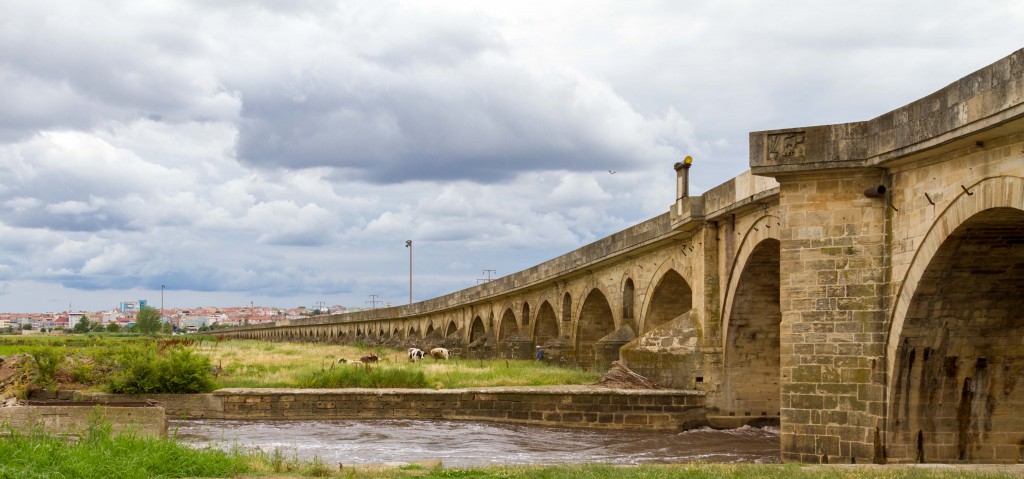
We ate lunch under the world’s longest stone bridge at Uzonkopru built between 1426 and 1443 before making our way to Edirne. It is 1392 metres long and has 174 arches. Edirne is near to the Greek border and has many quality examples of mosques, large arcades and caravanseray on par with any we have seen in Turkey. Although it seems off the tourist route it has a lot to offer and we have decided to spend an extra night here.
